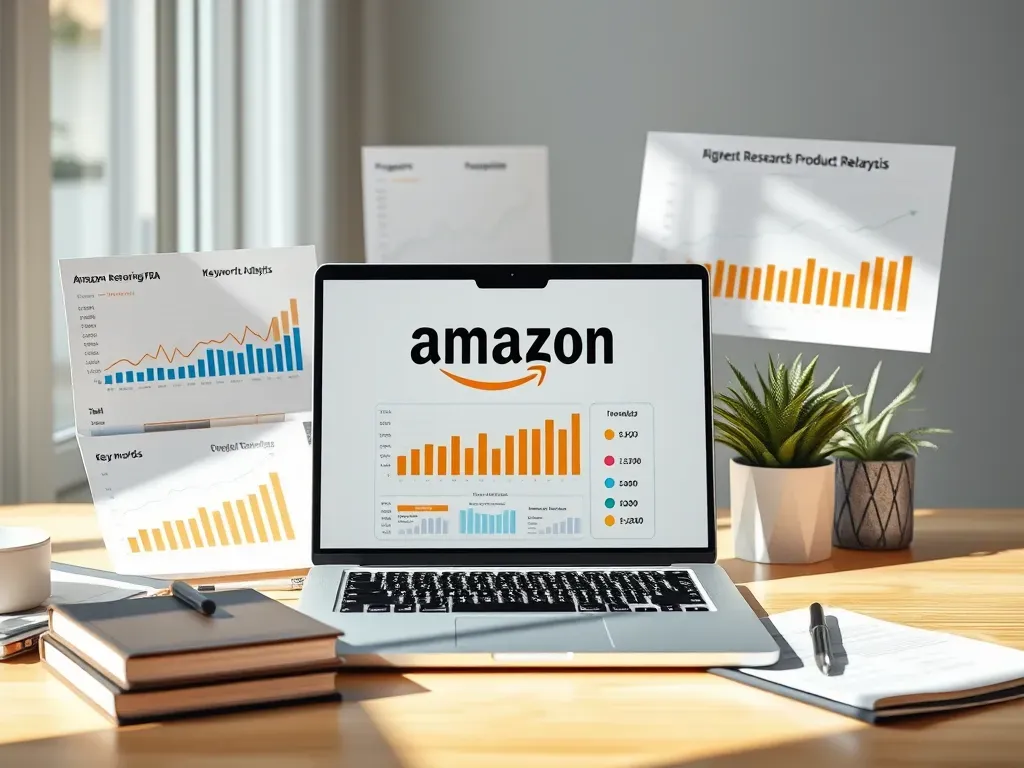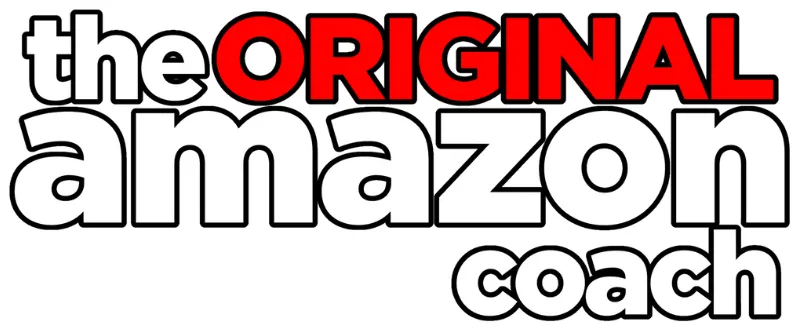
Mastering Amazon FBA: Defining the Right Products and Maximizing Success
Efficiently navigating Amazon’s vast marketplace requires an understanding of product viability and competition. Many sellers stumble upon selecting products that don’t align with their budget or market competition, leading to unsuccessful ventures. This article delves into evaluating product niches on Amazon, increasing potential for success, and preventing financial losses.
Key Takeaways:
Identifying main keywords is foundational for assessing product niche competitiveness.
Comprehensive financial analysis of product launch is essential to ensure alignment with budget constraints.
Understanding cost breakdown is vital for determining true product viability on Amazon.
DOWNLOAD FREE EBOOK “THRIVING ON AMAZON FBA”

Unlocking Product Potential: The Importance of Keyword Identification
Identifying the main keyword is the first critical step in assessing product niche competitiveness on Amazon. Ensuring your keyword aligns with your product offers insight into not only where your potential product can rank but also the overall competition level in its space. As articulated in the transcript, “The first thing you have to do when you’re trying to analyze your niche for your product is essentially figure out what your main keyword is.”
By identifying the correct keyword, sellers can better comprehend the landscape of their niche. As Isaac Kuhlman mentions, “If you don’t know what your main keyword is, you need to figure that out.” The use of tools such as AMZ Scout not only streamlines this process but also provides a plethora of supporting data on potential market penetration and sales projections. The ability to recognize a product’s position within its niche not only alleviates potential missteps but also ensures alignment with strategic selling intentions.
When it comes to tackling SEO in the Amazon marketplace, developing a firm grasp on keywords paves the avenue for future product launches and advertising strategies. Sellers who ignore this pivotal step are often left adrift, unable to leverage visibility engines that propel product discovery in the crowded Amazon marketplace.

Navigating the Financial Terrain: Budgeting for Success
Understanding and analyzing the complete financial landscape of a product launch is integral to avoiding financial missteps. Isaac Kuhlman emphasizes that “With enough money, you can be successful on Amazon with any product.” However, effective budgeting must come into play to safeguard against overspending.
For instance, detailed financial calculations through the use of a Launchalizer Spreadsheet can unveil the feasibility of a product launch within specified budget limits. Kuhlman demonstrates this new level of clarity: “You can get much more clarity around the actual cost of the products you’re looking to sell before you ever even order them.” This budgeting tool allows Amazon FBA sellers to project potential profits while factoring in key components such as top competitor prices, daily sales data, and advertising expenditures.
The transcript highlights how evaluating detailed fiscal figures, including “Estimated 30 days revenue” and “Estimated profit before ads,” grants sellers the power to make educated decisions—whether a product fits within budget constraints or demands far beyond a seller’s financial threshold. This method exemplifies how data translates into strategic decision-making and helps avoid wasting resources on unsustainable ventures.

Decoding the Cost Structure: Component Analysis for Product Viability
An accurate understanding of individual cost components enables sellers to break down the feasibility of a potential product accurately. Addressing and estimating these products’ costs from sources like Alibaba, along with associated freight costs, ensures your profitability from the onset. “Estimated cost of goods” mapped against market prices allows sellers to gauge appropriate margins and competitive pricing structures.
Notably, the transcript explains how to decode expenses using a detailed assessment approach: “Obviously, you can see there that the Amazon 15 commission was already kind of calculated based on 15 of that.” Such meticulous analysis involves calculating pick and pack fees and other fulfillment costs through an FBA fee calculator, ensuring comprehensive expense visibility.
The insights and strategies detailed reflect broader implications on sellers’ profitability. Lowering the ‘Pick and Pack Fee’ as much as possible becomes crucial to protect profit margins. It’s essential to understand that “In this case, if you have a $10,000 budget, you’re going to need 65, almost $66,000 more to launch this product,” which highlights the substantial effect fees and tools have on potential product launches.
Analyzing cost components becomes more than just fixing prices; it’s empowering sellers to predict and manipulate potential margins, ultimately steering the financial course of their Amazon FBA ventures. Understanding the nitty-gritty allows sellers to set realistic aspirations—avoiding unnecessary risks—when entering competitive niches.
As you navigate your journey in the Amazon marketplace, your ability to analyze and understand these nuances becomes integral to your decision-making strategy. Navigate the labyrinth with insight, not just instinct, allowing your data-driven journey to carve a path of informed decisions and sustainable success.
For those willing to harness the tools and insights shared above, take the leap towards more informed decisions. Embrace the world of Amazon FBA with enhanced strategies and insights in product and budget analysis, ensuring each item you bring to market stands the best chance for thriving success.
DOWNLOAD FREE EBOOK “THRIVING ON AMAZON FBA”

